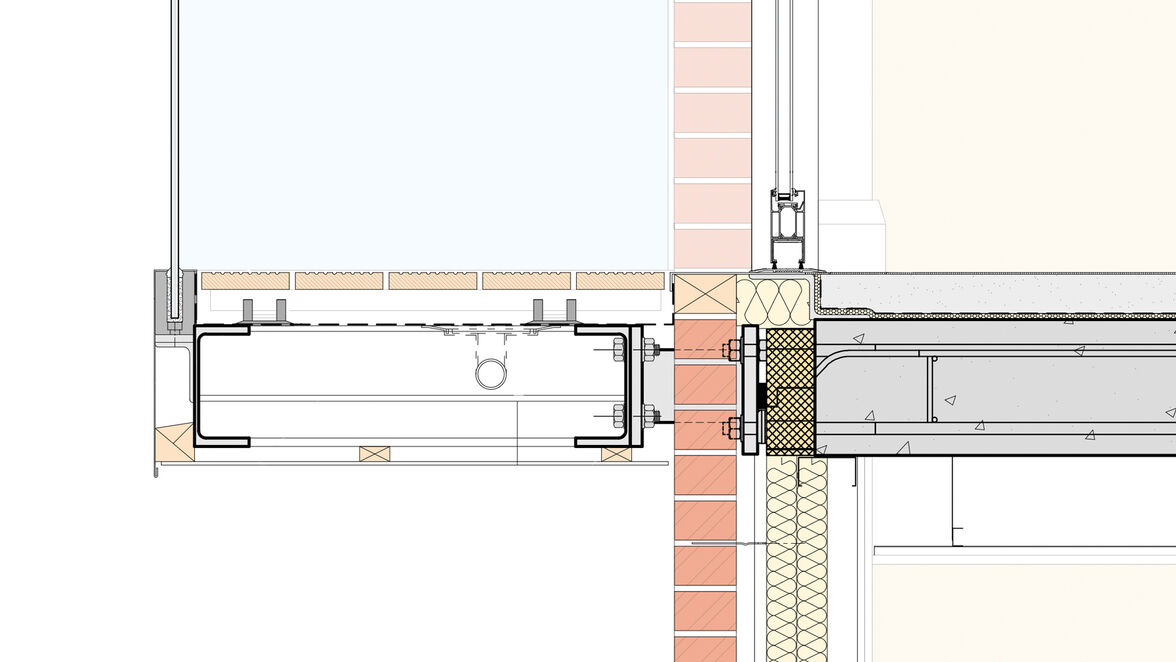New Schöck calculation software for concrete-to-steel thermal breaks
Schöck has further extended its range of calculation software to include a program for design of the Isokorb types KS and QS in concrete-to-steel connectivity situations, such as steel balconies. Specifically the Schöck Isokorb type KS enables the thermal insulation of steel constructions to concrete slab; while the type QS ensures the thermal insulation of supported steel constructions to concrete slab. Both products are BBA approved and the KS performance, with 60 years approved service life, has been independently verified by the Oxford Institute for Sustainable Development, at Oxford Brookes University.
This latest program complements the company’s existing calculation software for designing concrete-to-concrete and steel-to-steel connections; and offers a quick and easy method of identifying the optimum product solution for any given situation. A notable benefit of the program is the ability to calculate natural frequency. This allows a check on the serviceability of the whole balcony system with regard to vibration. It calculates the natural frequency of thermally broken steel balconies using numerous geometric and material variables – and even proposes options for steel side and end plates; and on-site stub brackets for bridging façade thicknesses.
There are a whole host of influencing variables that need to be considered in the development and structural design of steel balconies, but generally speaking, lightweight support structures, such as free cantilevered steel balconies, can be prone to vibration when people move about on them more heavily than usual. As designs become ever more lightweight and competitive in cost terms, particularly with very large cantilevers, the vibration behaviour of a structure takes on even more importance.
When selecting the method of connection to the building slab, the challenge lies not only in choosing a component that ensures effectiveness as a thermal break; but one that offers a safe structural design solution as well. An additional factor being that it also needs to be compliant with the necessary serviceability requirements. The recommendation is that the whole balcony system should be designed for a natural frequency above 7.5 Hz, if it is to provide a user friendly and comfortable structure. This is comfortably met In most cases and in certain situations it is quite easy to adjust the conditions to exceed the recommendations


